No matter how much they talk about the era of multimedia, digitalization, etc., the human memory abilities are still relevant. And not only professionally, but also in general cultural terms, and even in everyday life. It’s good for all people to know how to remember the text fully.
Technicians
There are several techniques for remembering text faster and better. It is worth exploring them in more detail.
Sequence
This technique allows you to remember the text even with poor memory. It received the name Gadfly (not in honor of the insect, of course, but by the short names of the main stages).
- O (main idea);
- B (read carefully);
- About (review);
- D (perfection).
At the first stage, they read the text fluently. You do not need to go into it - you only need to grasp the main points and how they are interconnected. You can spell out or underline these basic thoughts. But peeping into the text, answering to themselves what it is about, should not be. When this is achieved, you can proceed to the next step.
Then the text is read again, but already diligently, concentrating on seemingly secondary details. There is no need to rush - you need to tie in as much as possible the particular and previously learned main thoughts. Recommendation: it is at this point that you can apply more private information assimilation techniques. When the time comes for review, the text is skimmed through, without delving into the details, and is done from the end.
You need to make sure that the developed relations between the main and secondary theses are correct. If necessary, they are corrected. It is useful to compare the information received with that which is already known earlier. A good idea would be to draw up a rough plan. For large material, a mesh can be used.

Last step - debugging - starts with repeating the text from memory.It is advisable to start with the most important and only then for each item to recall all the additional details. They re-read the text again, concentrating on what was missed. Important: it’s worth not only fixing a mistake, but also delving into the reasons why it was made. It is also worth striving to assimilate the material in abundance, and not just those moments that are necessary in the first place.
Sometimes they use the ORG method, which is slightly different from the RWD technique. The first stage is the orientation in the text, which allows you to highlight the main idea. In the second stage, the material is read again (and as carefully as possible). Then they do a review in order to deeply comprehend the content, determine the main and not too important, mentally retell the text with emphasis on the main idea.
Gadfly and OGH are in any case more effective than simply repeating the text.
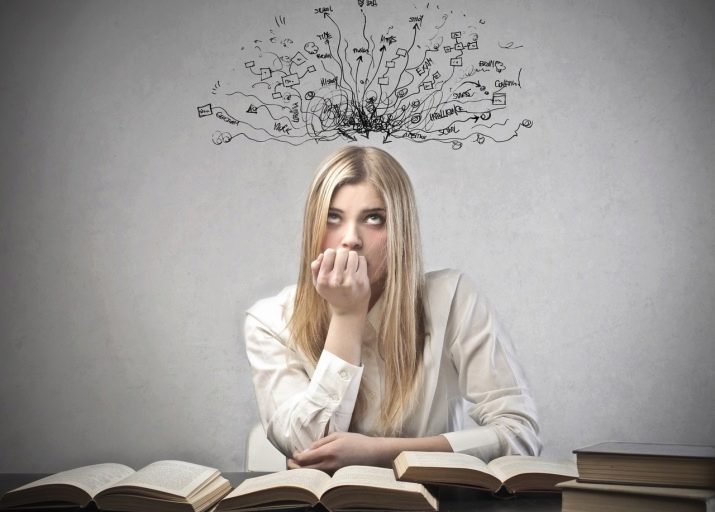
Smart card
This is also a very important help when memorizing texts. Initially, smart cards began to be used as an aid in various trainings. But they soon discovered that their capabilities were much wider. This method of remembering has other names (for example, a mental map, a map of thoughts, a map of associations, a diagram of logical connections). The essence of this does not change.
When compiling a map indicate:
- central thesis (or the main theme, or the purpose of the story);
- key topics;
- structure and headers (if any);
- detailing of the main topics;
- keywords, symbols and pictures to visualize this information.
At least the fact that they are used in a Finnish elementary school speaks about the merits of smart cards. They irrefutably proved that this method is more effective than classic notes and marginal notes. Everything is done simple and easy: first list the keywords, and then arrange them in a logical order. Important: this often not only simplifies the assimilation of information, but also contributes to the development of independent ideas. A similar technique is increasingly used in the process of business meetings in different countries.

Mental maps also recommend the use of:
- in solving complex and controversial problems;
- to awaken creativity;
- in the process of writing books, articles, scripts;
- while maintaining a blog or website.
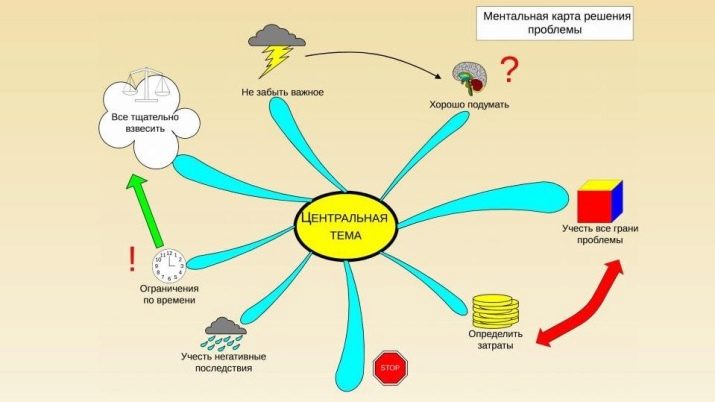
Reminders
This method also should not be discounted. But it should be auxiliary in nature. For a while, notepad notes or stickers with short keywords that catch your eye will help. However, this is a kind of "crutches for memory." And, like real crutches, they should be gradually abandoned as soon as obvious progress is outlined, the same with notes on the hand, on the nails, and so on.
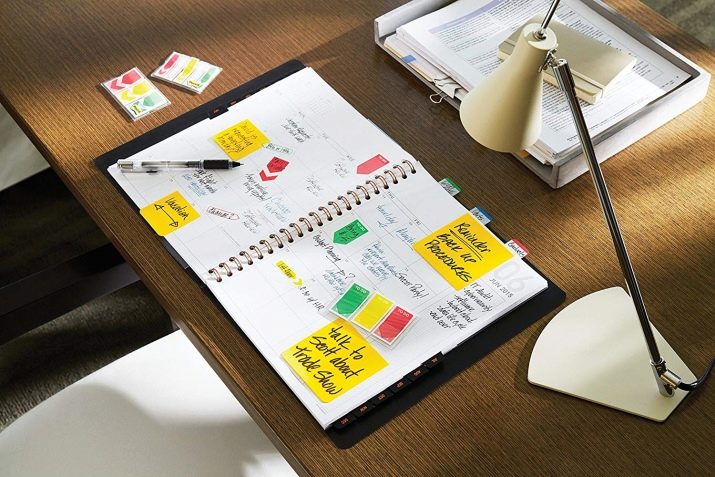
The nuances of remembering
In native language
It is difficult to say whether it is really easier to learn to remember voluminous texts in the native language or not. Here a lot of various factors are included, and each of them can both help and hinder. But in one sense, a familiar language is simpler: it allows you to use images of the memorable, and not just repeat it. The most complex text is easier to remember using approaches such as:
- repeatable record;
- division into blocks;
- graphic technique;
- continuous memorization.
Records are very helpful when there are many special terms, formulas, tables, graphs in the necessary material. After the first reading, it is necessary to clearly understand the main points and highlight the most important terms. Then they are sequentially written down (you can even draw at the same time).
When it is impossible for some reason to make separate notes, it is worth using the text itself for writing and drawing.
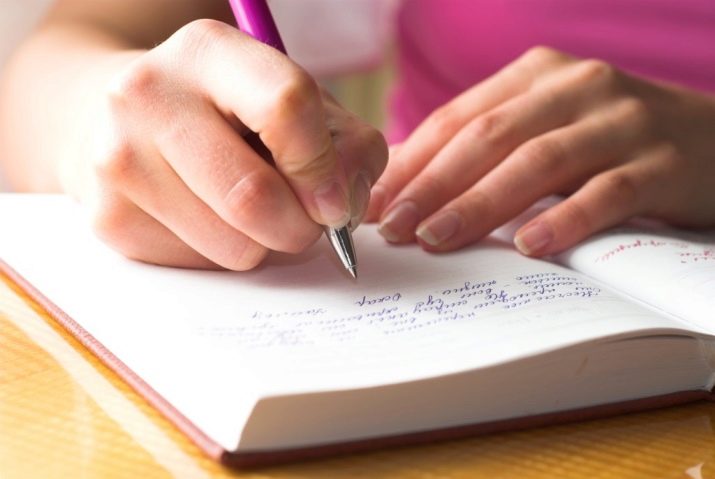
Correctly assimilating large text without errors sometimes helps use of pictograms. Having highlighted the keywords and main sentences, conditional pictures are drawn for each important word (they should be simpler, more accurate and without inscriptions, even letters).Attention: the figures should be arranged in the same order as the blocks of the studied information. Sometimes useful from a psychological point of view divide the material into parts (but not more than 7 blocks, each of which should be logically connected inside).
Focus on mid text. In the beginning, with rare exceptions, contains introductory and not too important information. The end is most often managed to be restored purely logically if the beginning and middle are known. The persistent method is slower, but a little more reliable.
Having broken the text into parts, they are fixed in places where they are constantly at home or at work, at each visit they repeat a certain part aloud.
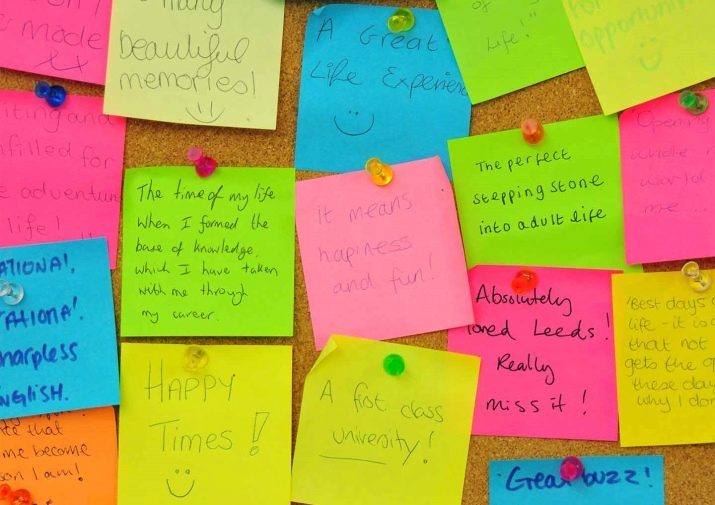
In foreign
The easiest way to memorize a text in a foreign language is listening to recordings on the player or phone at the same time as usual. But listening should not be thoughtless, you should delve into the content and determine significant points. To speed up the process, it is advised to draw the same pictograms while listening and make short notes. Important: a text in a foreign language is better absorbed in the first 4 hours after waking up and within 4 hours before going to bed. Recommend also:
- try to break the foreign material into blocks;
- determine the general outline of the content and the thread of the narrative;
- use parallels with your own life and personal experience.
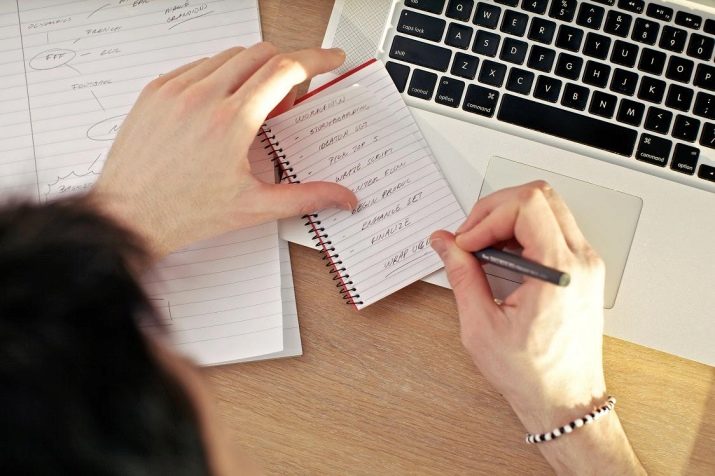
Tricks and tricks
To learn the text when reading the first time, It is very important to create a positive calm atmosphere. It is better to refuse to listen to loud music for the whole time while you need to memorize information. This rule must be observed not only before and during the study, but also after that day. The fewer distractions, the more efficient the work. And one more nuance: morning hours are better for acquaintance with new information than evening ones, after dark it is advisable to repeat what you have already read before, but do not take up fresh if there is such an opportunity.
A common mistake many people make is trying to combine reading and eating.. This is not only unhealthy, but also ineffective. A suitable atmosphere will allow you to create a reading at a writing desk, and not at the dining table, not in bed or in the bathroom. Useful speed reading methods are helpful. Even if something wasn’t learned right away from one reading, you can’t return immediately to the lost.
During reading, you can only move forward. It is useful to come up with vivid and expressive associations with anything. It is equally important to share and discuss what you read with other people. This will also allow you to cope with the excitement in a public speech, by the way.
And if something is forgotten, you must first try to remember all the same and only if it fails, again refer to the source.

Many people admire how actors memorize long texts. But there is nothing supernatural or ingenious in this. They just know how to absorb a very large volume in a short time. Most often they do this:
- they read slowly, with intense attention, preferably aloud;
- try to catch the main motive and plot;
- divide a large record into blocks, each of them is taught separately;
- rewrite all text from scratch manually;
- retell it, starting from keywords and focusing on small details (peep only as a last resort);
- rewrite the text again without prompts;
- again carefully re-read the material and retell it.
There are other, more private tricks:
- selection of text with a marker or different colors in the most important or obviously problematic places;
- chanting;
- reading until a complete understanding of the meaning and emotions.
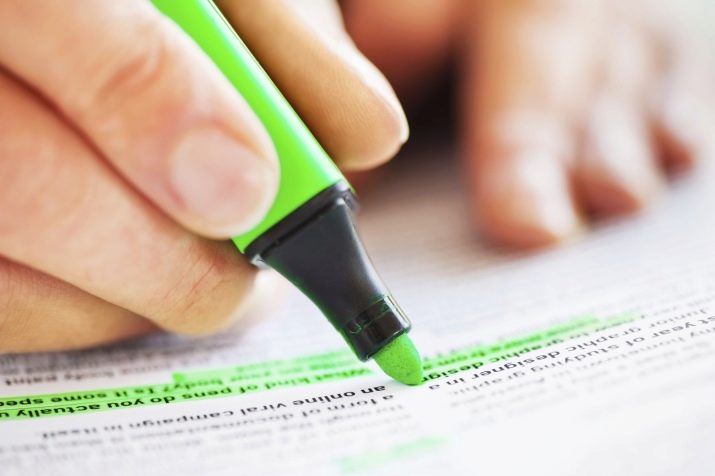
Memory training
However, for both children and adults, it is sometimes important not only to assimilate some read material once, but also to systematically refer to it. Therefore, it is very important to train long-term memory. Simplify your life will be able to those who know how to make an associative series. Rules:
- associations should be as bright and unusual as possible, more fun;
- if they are strongly unrealistic (“found plums in sneakers”), this is very good;
- it is desirable to create at least 3-4 associations for greater reliability;
- to represent an image before eyes or as a sound;
- exaggerate the size, brightness, etc .;
- use movement.
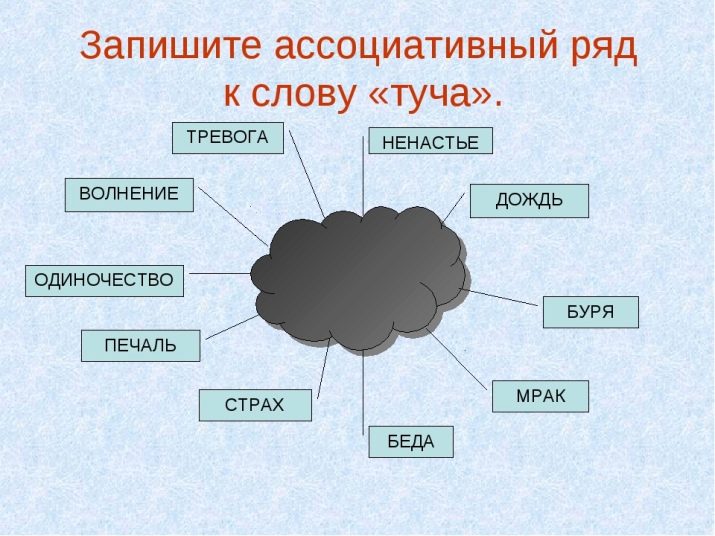
More tips:
- poems for the development of memory must be taken from unloved or previously unknown poets;
- move from short texts to large ones;
- Minimize recordings
- Do not forget about breaks and physical activity;
- eat fully;
- observe the daily routine;
- train your whole life, at every opportunity.










